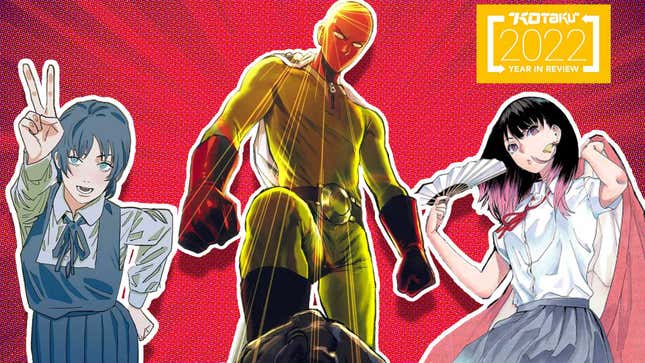
2022 was not only jam-packed with quality anime to watch, but also bursting at the seams with a cavalcade of stellar manga to sit down in an easy chair and lose track of time with. Granted, the majority of my manga reading was done while waiting for Chicago’s better-late-than-never buses and trains, but it made the waiting way more tolerable.
Of course, there were a ton of popular anime-adapted manga that are still ongoing in the year of our lord 2022. However, this list isn’t a popularity contest, and the majority of manga on it aren’t the usual shonen suspects that occupy many a publication’s “best of” list. The following manga are simply what I recommend readers check out, manga that made me bum-rush the Shonen Jump app and my local comic book store to get my next fix. Be sure to comment below and share what manga you’ve been enjoying this year as well.







